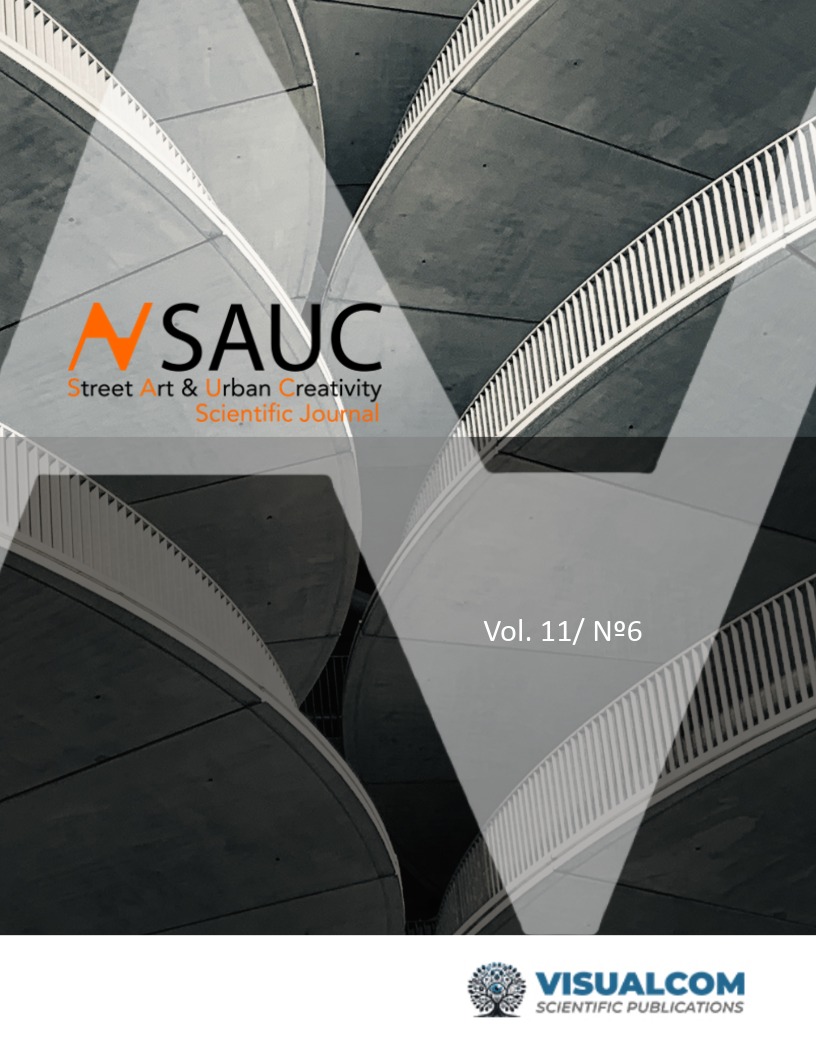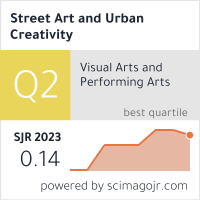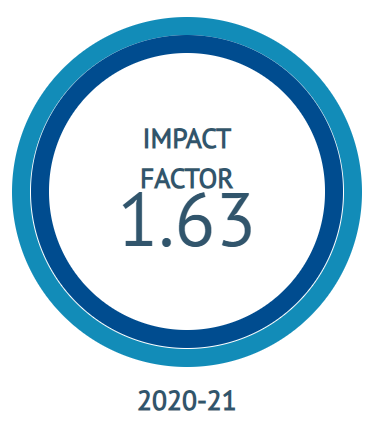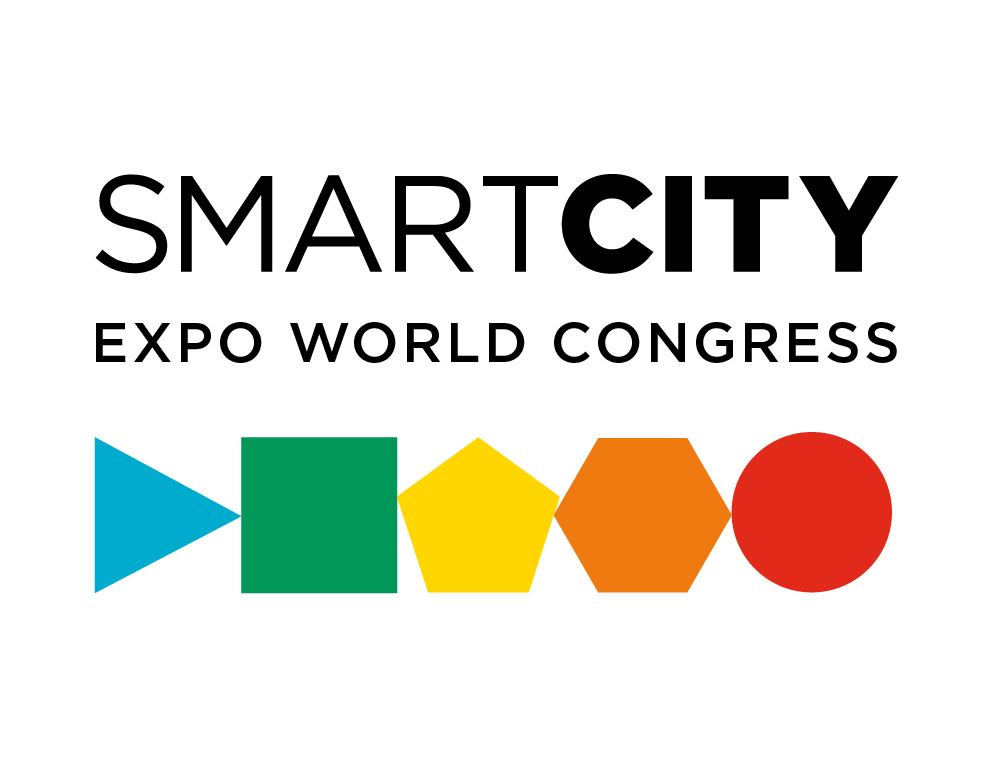The role of social media in the promotion of urban art
A study of the Madrid Street Art Project
DOI:
https://doi.org/10.62161/sauc.v11.5837Keywords:
Urban art, Social networks, Public space, Madrid Street Art Project, Culture, GraffitiAbstract
Urban art, or street art, has undergone a significant evolution in recent decades, shifting from being perceived as vandalism to becoming a recognized form of cultural intervention. This art form not only beautifies public spaces but also transforms marginalized urban areas, conveying messages of protest and social advocacy. Thanks to digital platforms such as X (Twitter) and Instagram, urban art has expanded its impact, allowing artists to share their works globally and indefinitely, overcoming physical and temporal limitations. Through initiatives like the Madrid Street Art Project (MSAP), projects have been consolidated to promote and document these artistic expressions, integrating them into the social and cultural fabric of cities like Madrid, where urban art has become a tool for urban revitalization and a driver of cultural tourism.
Downloads
Global Statistics ℹ️
|
212
Views
|
129
Downloads
|
|
341
Total
|
|
References
Alcántara, A. (2018). Arte urbano, espacio público y educación. Elementos para la transformación social. Quaderns d’animació i educació social, 27, 4-16.
Banksy. (2010). Wall and Piece. Century.
Bengtsen, P. (2014). The Street art world. Lund University.
Cáceres, C. H. (2021). El arte urbano en las redes sociales como medio de transformación social: el caso de Boa Mistura. PH: Boletín del Instituto Andaluz del Patrimonio Histórico, 29(103), 161-162.
Feliu, P. G., Valls, M. R., & Gelabert, M. À. E. (2017). Educación comunitaria a través de las artes: hacia una etnografía visual del graffiti y del arte urbano con jóvenes. Arteterapia, 12, 61-78
Field, A. (2018). Discovering statistics using IBM SPSS statistics. Sage.
Forte, F., & De Paola, P. (2019). How Can Street Art Have Economic Value? Sustainability, 11(3), 580. https://doi.org/10.3390/su11030580
García, M. (2016). Propuesta de un modelo de registro para el análisis y documentación de obras de arte urbano. Ge-conservación, 10, 169-179. https://doi.org/10.37558/gec.v10i0.410
García, J. (2016). Arte urbano en la era digital: La permanencia de lo efímero. Revista de Estudios Urbanos, 34(3), 75-89.
García, J. (2018). El arte urbano como forma de resistencia: Análisis de casos en Europa. Ediciones Universidad
Gaviria-Puerta, N. (2022). Incidencias del arte urbano en la configuración de la ciudad. El caso de Medellín, Colombia. Revista de Arquitectura (Bogotá), 24(2), 27-36. https://doi.org/10.14718/RevArq.2022.24.3475
Johnson, M., & Lee, H. (2021). Urban Art and Civil Rights: A Historical Perspective. Journal of Urban Studies, 45(3), 320-345.
López, P. (2020). Graffiti y derechos humanos en América Latina: Una aproximación crítica. Revista Latinoamericana de Ciencias Sociales, 14(2), 120-137.
Lovejoy, K., & Saxton, G. D. (2012). Information, community, and action: How nonprofit organizations use social media. Journal of Computer-Mediated Communication, 17(3), 337-353. https://doi.org/10.1111/j.1083-6101.2012.01576.x
Martínez, R. (2020). The Role of Graffiti in the Civil Rights Movement: A U.S. Perspective. Historical Perspectives in Art, 67(4), 243-260.
Molnár, V. (2017). Street Art and the Changing Urban Public Sphere. Public Culture, 29(2), 385-414. https://doi.org/10.1215/08992363-3749117
MSAP. Madrid Street Art Project (s.f.). Sobre Nosotros. https://madridstreetartproject.com/msap-about/
Madrid Street Art Project [@MSAP_Madrid]. (15 de febrero de 2022). ¡Artistas! Hasta el 6 de marzo podeis presentar vuestra propuesta para la IX edición de C.A.L.L.E., el festival de intervenciones artisticas del barrio de Lavapiés [Tweet]. Twitter. https://x.com/MSAP_Madrid/status/1493530329520357378
Parker, S. (2019). The Legal Limits of Street Art: Urban Space and Cultural Expression. Journal of Urban Law, 48(4), 210-22.
Rancière, J. (2004) The Politics of Aesthetics. Bloomsbury Publishing.
Rogers, T. (2022). Street Art and Social Movements: From Black Lives Matter to Global Protests. Global Art Review, 12(1), 55-75.
Ryoo, Y., Kafiliveyjuyeh, S., Lee, J., WooJin, K., & Yongjun, S. (2023) The impact of materialism and moral identity on post-neutralization behavior in social media environmental campaigns. International Journal of Advertising, 1, 1-31
Smith, J. (2019). Art as Resistance: Urban Murals and Social Movements. Journal of Visual Culture, 9(3), 101-115.
Rancière, J. (2004). The Politics of Aesthetics. Bloomsbury Publishing.
Vanderveen, G. & Van Eijk, G. (2016). Criminal but Beautiful: A Study on Graffiti and the Role of Value Judgments and Context in Perceiving Disorder. European journal on criminal, policy and researhc, 22, 107–125. https://doi.org/10.1007/s10610-015-9288-4
Zukin, S. (2016). Naked City: The Death and Life of Authentic Urban Places. Oxford University Press
Downloads
Published
How to Cite
Issue
Section
License
Copyright (c) 2025 Authors retain copyright and transfer to the journal the right of first publication and publishing rights

This work is licensed under a Creative Commons Attribution-NoDerivatives 4.0 International License.
Those authors who publish in this journal accept the following terms:
-
Authors retain copyright.
-
Authors transfer to the journal the right of first publication. The journal also owns the publishing rights.
-
All published contents are governed by an Attribution-NoDerivatives 4.0 International License.
Access the informative version and legal text of the license. By virtue of this, third parties are allowed to use what is published as long as they mention the authorship of the work and the first publication in this journal. If you transform the material, you may not distribute the modified work. -
Authors may make other independent and additional contractual arrangements for non-exclusive distribution of the version of the article published in this journal (e.g., inclusion in an institutional repository or publication in a book) as long as they clearly indicate that the work was first published in this journal.
- Authors are allowed and recommended to publish their work on the Internet (for example on institutional and personal websites), following the publication of, and referencing the journal, as this could lead to constructive exchanges and a more extensive and quick circulation of published works (see The Effect of Open Access).













